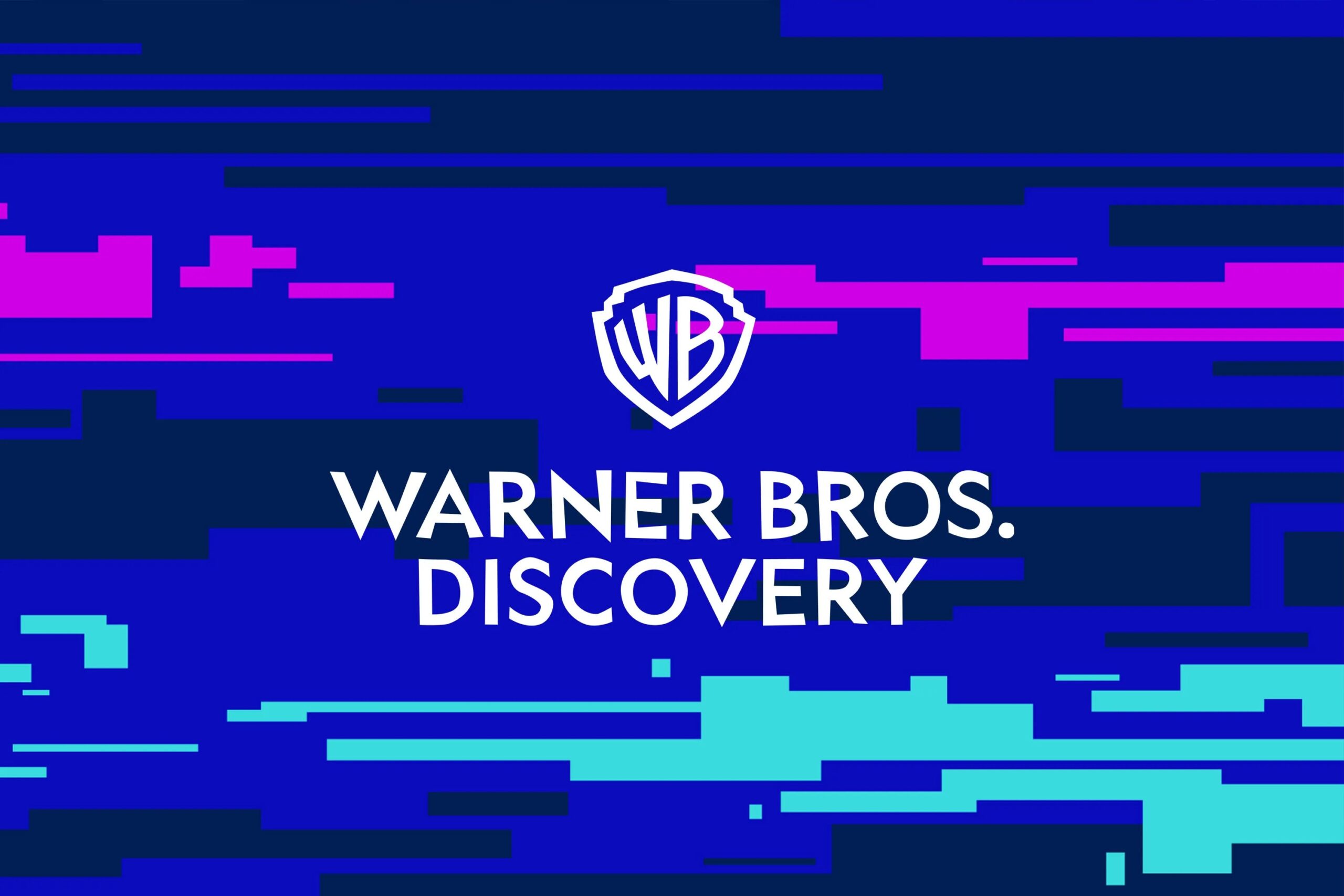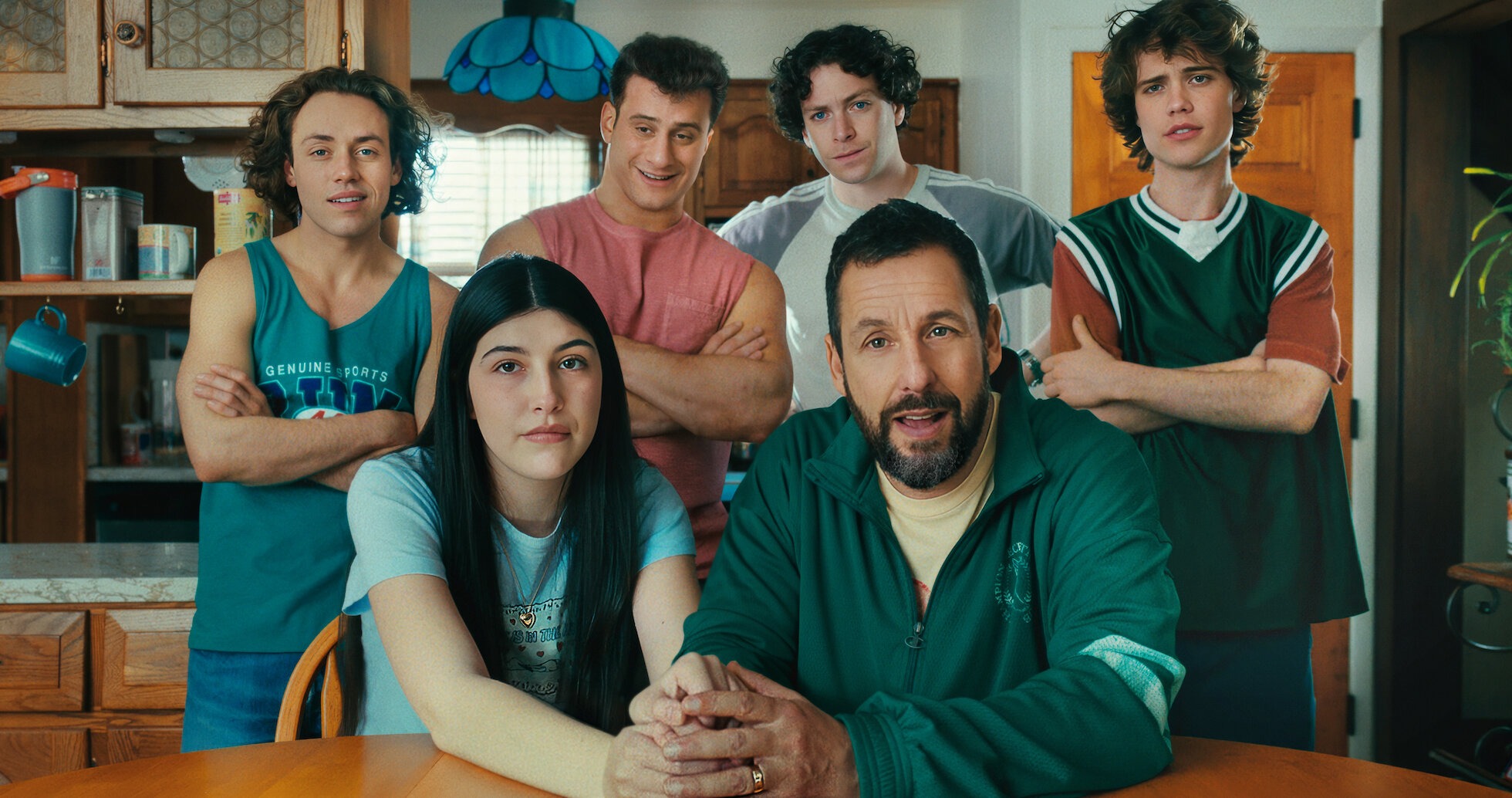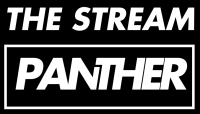Ted Sarandos used Netflix’s second-quarter earnings call to make a clear distinction: generative AI is first a creative catalyst, second a budgetary lever.
“AI represents an incredible opportunity to help creators make films and series better, not just cheaper,” the co-CEO told analysts.
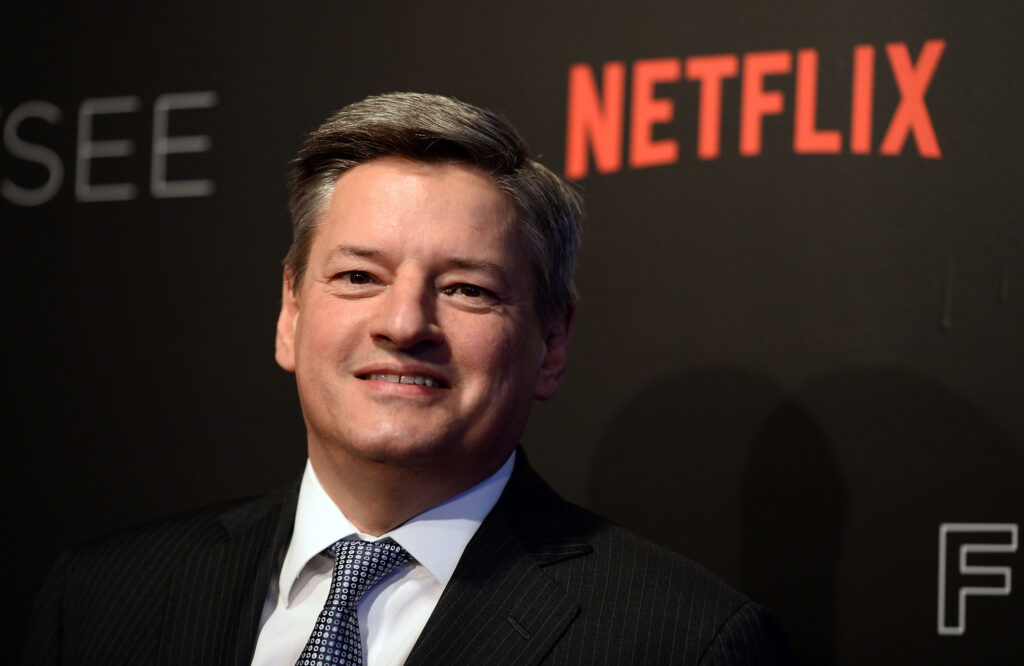
BEVERLY HILLS, CA – MAY 08: Netflix Chief Content Officer Ted Sarandos arrives at Netflix’s “House Of Cards” For Your Consideration Event at the Netflix FYSee Space on May 8, 2017 in Beverly Hills, California. (Photo by Amanda Edwards/WireImage)
By framing artificial intelligence as a new paintbrush rather than a pink-slip machine, Ted Sarandos signaled that Netflix intends to lead the next content revolution rather than merely automate it.
How AI Is Already Changing Netflix Workflows
Pre-visualization, shot planning and visual-effects pipelines are the immediate frontier.
Ted Sarandos said directors and art departments now run rapid-fire simulations to finesse camera angles or experiment with lighting before stepping onto set. Those same algorithms accelerate rotoscoping, crowd duplication and “digital dirt” clean-up in postproduction—tasks that previously devoured overtime.
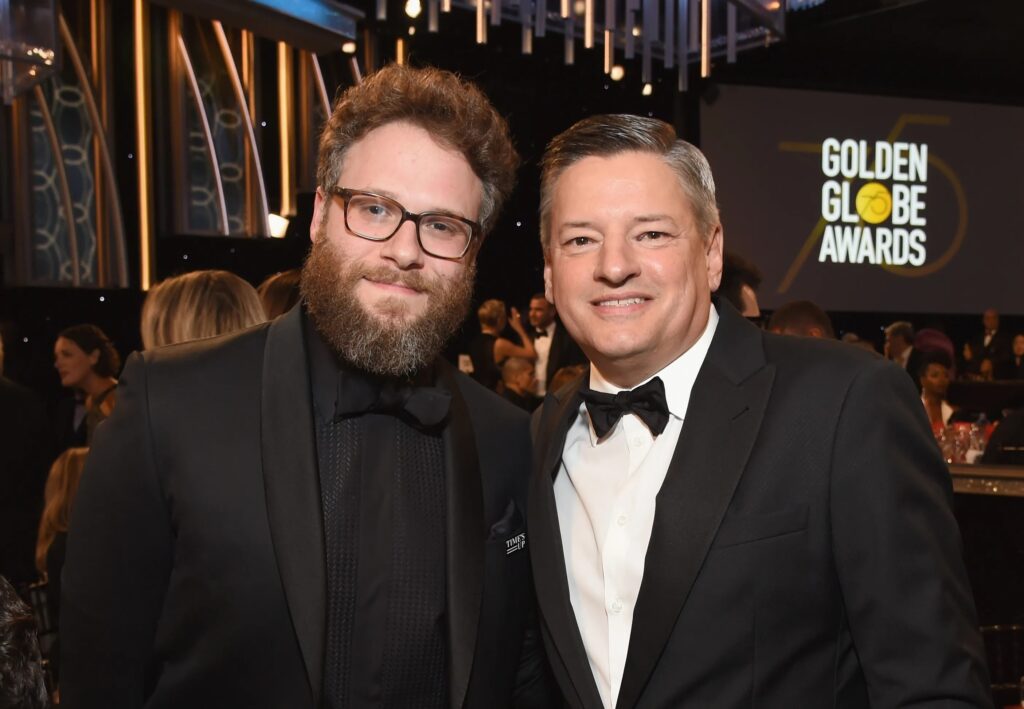
Netflix’s Argentine series El Eternauta offers a striking case study. Local VFX artists partnered with the streamer to depict a Buenos Aires high-rise collapsing under toxic snowfall. Using generative AI for debris physics and matte-painting variations, the team delivered the sequence ten times faster than traditional workflows. That speed meant a six-episode genre show, cast and crewed entirely in Argentina, could execute blockbuster imagery on a regional budget. Ted Sarandos called the result “thrilling” for both creators and viewers.
Democratizing High-End Tools for Mid-Tier Markets
By lowering time and cost barriers, AI lets Netflix bankroll ambitious projects outside Hollywood’s usual postcode. Ted Sarandos repeated a theme he has championed since the streamer’s global expansion: talent is global, opportunity should be too. AI-driven efficiencies make it feasible to mount effects-heavy stories in Buenos Aires, Bangkok or Berlin without transplanting crews to Los Angeles. That philosophy underpins recent Netflix Originals from Spain’s The Platform to Nigeria’s Aníkúlápó.
Industry observers note that rivals such as Disney and Amazon also invest heavily in AI pipelines, but Netflix’s decentralized production model gives the company a head start. Ted Sarandos said the next step is rolling out in-house training modules so showrunners worldwide can integrate AI tools “from storyboard to final pixel.”
Guardrails, Guilds and the Human Element
Creative unions remain wary that silicon assistants could erode wages or credits. Ted Sarandos addressed those concerns head-on: “This is real people doing real work with better tools.” He stressed that generative models require human prompts, curation and artistic direction. Netflix, he said, is drafting internal guidelines to ensure the technology augments—not replaces—writers, cinematographers and visual-effects artists.
Early feedback has been positive. Argentine supervisors on El Eternauta reported shorter crunch periods and more iterations per asset, allowing junior artists to test ideas and receive feedback in hours, not days. For Ted Sarandos, that iterative freedom equals bolder storytelling and richer visuals—benefits that outweigh short-term cost savings.
Financial Context: AI as a Competitive Moat
Netflix closed the quarter with $10.5 billion in revenue and 282 million global subscribers. While Wall Street focused on cash-flow guidance, Ted Sarandos framed AI investment as a long-range moat. Higher efficiency per effects dollar could broaden genre diversity and quicken the development cycle, turning Netflix’s massive data lake into a virtuous circle: more personalized recommendations, faster commissioning, richer libraries.
Competitors cannot easily replicate that feedback loop without similar volumes of viewership data and a decentralized production footprint. In other words, AI is not merely a line item—it is Netflix’s next-generation flywheel.
Balancing Innovation With Accountability
Regulators from Brussels to Sacramento are drafting rules for synthetic media. Ted Sarandos said Netflix will abide by emerging standards on disclosure and consent, promising clear labels when AI re-creates likenesses or voices. “Transparency builds trust. Trust keeps audiences engaged,” he noted. Watchdog groups applaud the statement but urge Netflix to publish detailed policy documents; insiders say those guidelines will surface before year-end.
The Road Ahead
- Toolkits for showrunners: Netflix plans to roll out an internal “AI Studio” portal with pre-trained models for previs, script breakdowns and automated dubbing.
- Expanded regional hubs: Expect new VFX incubators in São Paulo and Seoul, following the Buenos Aires prototype.
- Cross-genre experimentation: Animated hybrids and interactive storytelling are prime candidates for AI enhancement, according to Ted Sarandos.
As Hollywood debates whether machines threaten or empower artists, Ted Sarandos is staking Netflix’s brand on the latter. If his bet pays off, the next era of prestige television may be storyboarded by humans, textured by algorithms and streamed to phones worldwide—faster than a Demogorgon can break through a wall.
What Is the AI Initiative of Netflix?
Netflix has folded its machine-learning labs, virtual-production group Eyeline Studios, and a new internal “AI Studio” portal under a single banner called the Netflix Innovation Pipeline. The initiative supplies showrunners worldwide with pretrained tools for previs, automated dubbing, volumetric capture and generative VFX. Its first public showcase came via El Eternauta, where the pipeline helped an Argentine VFX team finish a skyscraper-collapse sequence 10× faster than legacy methods. Reuters
What Is the Netflix Recommendation AI Model?
Behind every home page tile sits a fleet of algorithms, the newest of which is the Foundation Model for Personalized Recommendation—a transformer-style network that unifies dozens of niche rankers under one architecture. It ingests viewing history, search queries and artwork engagement to predict not just “what you’ll click” but “how long you’ll watch.” The model powers Top Picks, Continue Watching and the “Play Something” shuffle button. Netflix TechBlog
What AI Company Is Partnering With Netflix?
In spring 2025 Netflix began testing OpenAI-powered conversational search on iOS, letting users type “I want a cozy mystery set in Italy” and receive mood-based suggestions. The beta—currently live in Australia and New Zealand—marks the streamer’s first direct integration of OpenAI’s large language models. Rollout to the U.S. is expected later this year. The Vergefutureweek.com
How Did Netflix Use AI to Enhance Business Performance?
- Content Velocity: Eyeline’s generative pipeline cut VFX turnaround by up to 90 percent on mid-budget shows, freeing dollars for more originals and faster global release cadences. Reuters
- Subscriber Stickiness: The Foundation Model drove a 5 percent lift in completion rates on newly released titles during A/B tests, translating into reduced monthly churn. Netflix Research
- Ad Tier Efficiency: In the ad-supported plan, AI auto-generates trailer snippets and text overlays, slashing creative-production time for brand partners. Executives credit the tool with a 30 percent increase in fill-rate for mid-roll inventory. Reuters
- Localization at Scale: Neural dubbing now covers 34 languages, helping Korean drama Gyeongseong Creature crack Netflix’s Top 10 in 57 countries within a week of launch. DataPillar



